
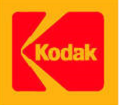 Best Customers
It is a pleasure and privilege to write computer programs for appreciative clients. How satisfying it is to create systems for people who help you to understand their requirements and take the time and trouble to assist, inform and support you during the process of writing something specially for them.
Below are 3 beta level applications designed to have very general utility, like MS Word and Excel.
Best Customers
It is a pleasure and privilege to write computer programs for appreciative clients. How satisfying it is to create systems for people who help you to understand their requirements and take the time and trouble to assist, inform and support you during the process of writing something specially for them.
Below are 3 beta level applications designed to have very general utility, like MS Word and Excel.
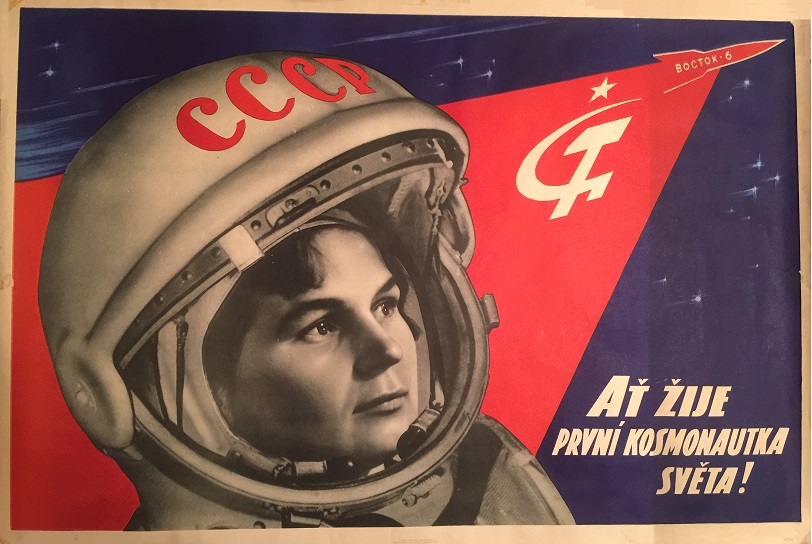 |
BelEve is Beautiful
|
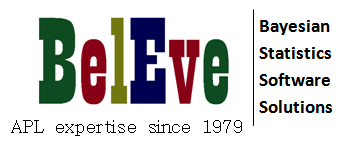 |
The BelEve application helps you to know what to believe about things concerning which you only have limited information. For example, water companies have lots of pipes under the ground but they can't dig them all up to discover their condition. Likewise, telephone companies have miles of cables of different
types and ages and conditions that they would like to know as much as possible about. Similarly with roads and railtracks and bridges. The list of partially understood assets whose condition would be better known is endless.
BelEve takes the data you have and builds a statistical model, including sets of equations that relate base quantities to yield derived quantities of interest. As new data becomes available, the model is updated using linear Bayesian algorithms to yield a new model that has incorporated correlated modifications that
thereby modify exisiting beliefs. In this way prior beliefs are influenced by new knowledge and the overall understanding is incrementally improved. This system was originally designed by world-renouned Bayesian statistician Tony O'Hagan (see ABLE) and includes a unique variance learning algorithm which incrementally increases the accuracy of detailed error handling.
BelEve is supplied as a .NET assembly in a DLL. This means that a programmer who knows how to make use of methods and properties available through a .NET assembly can prepare standard (large) files of data and then apply exact calculations, simulations and updates through BelEve methods, and obtain standard output files from the reporting module.
|
Featuring
- Specification of Priors
- Bayesian Updating
- Exact Calculations
- Simulation Calculations
- Variance Learning
- Multiple Reporting
|
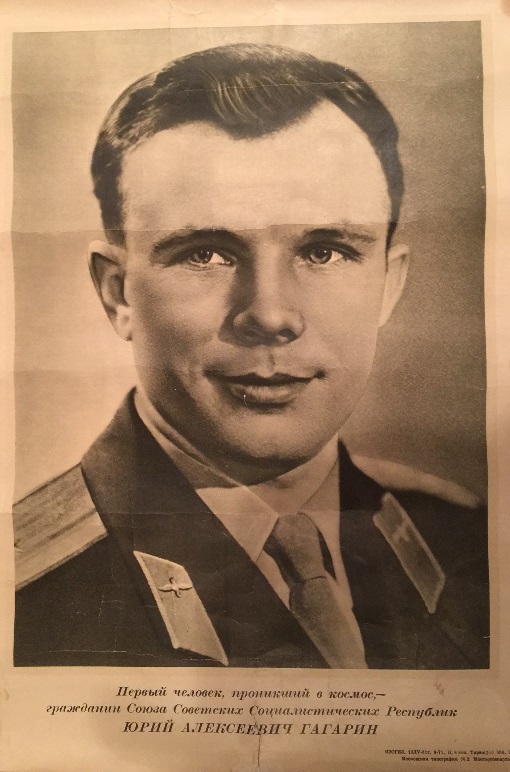 |
Space is Gigantic
|
 |
Space is an application that is designed to accomodate inherently multi-dimensional data in an inherently multi-dimensional manner. Excel is inherently 2-dimensional. Understanding 3 dimensions is not too hard either because we live in a 3-dimensional world and therefore we can easily imagine a stack of worksheets, but 4, 5 or 6 dimensions are hard to imagine without experience. Space allows up
to 15 dimensions which very few applications have a need for, but 3 or 4 is very common.
Anyone who has prepared high-level reports for a large company will know that the number of combinations for displaying this against that can become very large. When the data structure is understood in terms of the basic underlying dimensions, and is fed into Space accordingly, then all the various reports of this against that fall out naturally. For example, consider the accounts of a large manufacturing company such as Apple Inc. You may have their product, the iPhone 6, made perhaps in Vietnam, in November 2016, costing $20 to manufacture, sold to you in the UK for £500. There you have a couple of numbers that fit into a 5 dimensional scheme of Product against Manufacturing Country against Date against Sales Country against Accounting Items, with the possibility of a 6th Currency dimension. Apple UK might then want a report of total of all sales of all products made in Vietnam in 2016. That's what Space can do for you, easily.
Space is designed like a classic Microsoft Office application with File, Edit, View, etc.. menus. There are 5 modules accessible through tabs at the bottom of the screen. The first tab reveals the Coordinates - the dimension names and labels. The second tab reveals the Array - the multi-dimensional
grid layout of data. The third tab allows Deductions - a line by line program of calculations in which the variables involved are picturial representations of the multi-dimensional data coordinate selection. Fourth is the View tab allowing a multi-dimensional representation of the n-dimensional data selection. The fifth Induction tab has not yet been fully designed and built but will allow data to be entered at a highly consolidated level and then distributed back down the inverse calculation tree to low level statistically plausible base data.
|

Multidimensional calculations by symbolic representation of variables
|
 |
SEEK is Awesome
|
 |
SEEK is an Associative Knowledge Base. Any circumstance requiring complex searches of information concerning pointers, indicators, abstracts, summaries, parts, items, or references forms a suitable potential application.
SEEK is intended for all sorts of applications. There are 3 main aspects. There are Records which contain arbitrary rich text, a picture element, and a list of keys. There are Keys which include key phrases and sets of .. sets of key phrases. And there are Selections which use logical operators and set theoretic operators to make detailed selections of records from the database.
Suitable lists of keys are created and put into sets, and sets of sets... Records and pictures are created by hand or by cut and paste, and appropriate keys are assigned to each record. (Automatic means of creating large numbers of records from external sources may be developed for individual requirements.)
There are two levels in the selection methodology. At the lower level, selections of records may be made using set theoretic operations on keys. These operations include ElementsOf(), SetsContaining(), Union, Intersection and Complement(). At the higher level, selections of records produced via key identification may be combined using logical operations of And, Or and Not(). Thus, for example, it is possible to display all records that satisfy the request
(ElementsOf(SetsContaining(blue zippers)))And Not(sports wear)
|
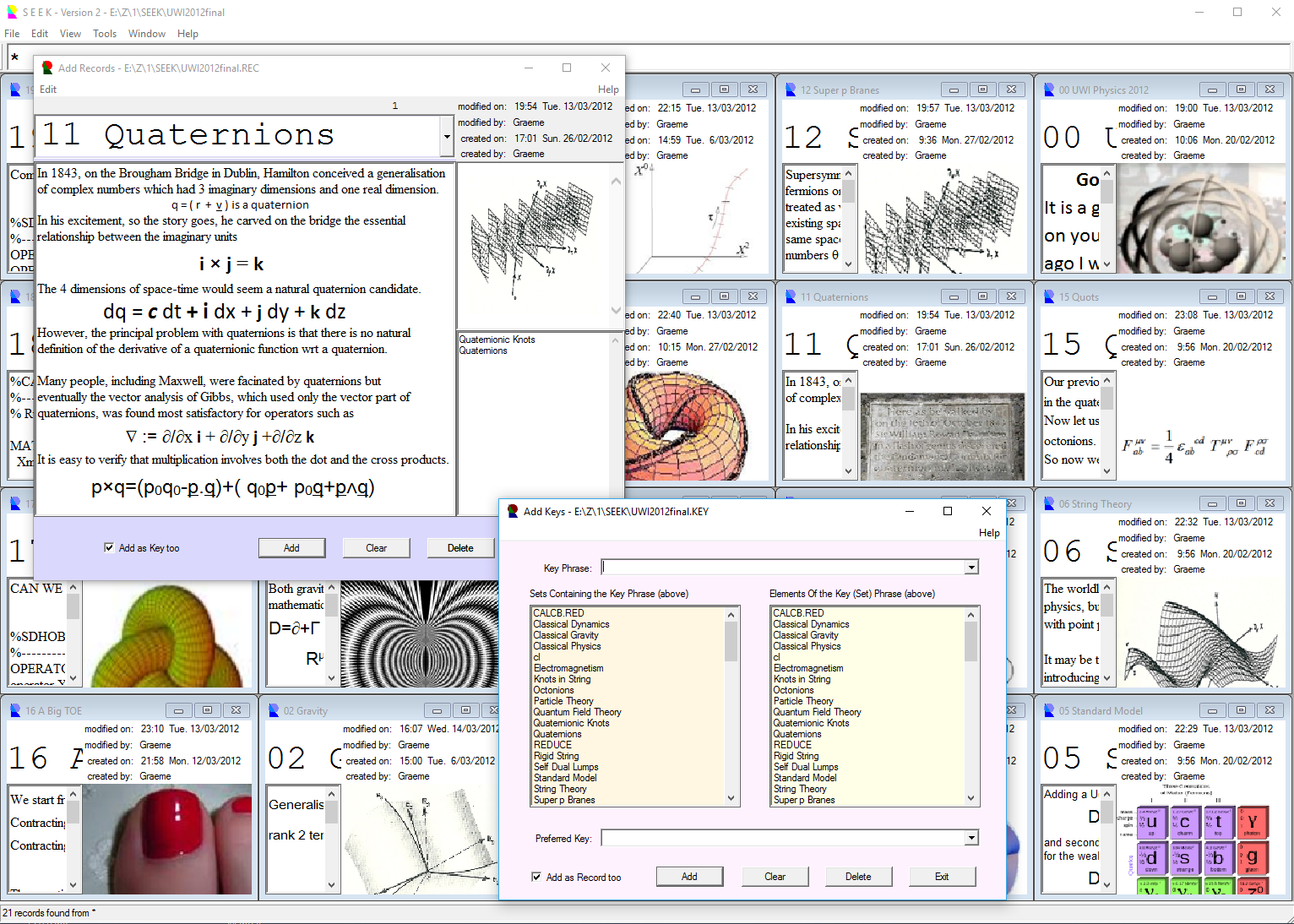
Demonstration of an application of SEEK showing tiled records and lists of keys
|
|
|
Simply by programming intelligent decisions that automate repetitive work or facilitate optimal safe choices in complicated, rapidly changing, potentially unstable situations, we strive to improve the human condition and make the future more attractive.
|
|
Lectures & Publications
| Year |
Title & Description |
| 2023 |
The Quantum Complexity behind Quantum Reality
These are the notes for a talk to The Scientific and Medical Network. The talk, which can be seen on the Research tab, first gives an outline of the mathematics of quantum mechanics, then gives a brief survey of the interpretations of quantum mechanics, and finally suggests a different approach to understanding the theory.
|
| 2022 |
Learn APL ✸✸✸✸✸
ROBERTSON(Publishing) is delighted to announce that they have been permitted to include a working copy of Dyalog APL Version 10.0 with their educational materials and course notes for an introduction to APL 1&2 and a more advanced introduction to Dyalog APL 3&4. This is a magnificent opportunity for anyone who loves mathematics to learn a most elusive and very powerful computer language that has been out of sight to the public for over half a century.
|
| 2012 |
Knots in String Theory
An open lecture to the Physics and Mathematics Departments at the University of the West Indies, Jamaica, giving an overview of the origins of the mathematics of String Theory, with specific reference to knots in rigid string
|
| 2010 |
Personal Failures
An open letter to the Examiners in the Faculty of Philosophy at Cambridge University outlining some personal failures, mingled with a personal philosophy rooted in science
|
| 2010 |
A Personal View of APL2010
After a short outline of some of the talks at the APL2010 Conference in Berlin, I bemoan the continuing lack of suppport for authors of APL applications for the Internet, and fear another missed opportunity (like SharpAPL/PC) for the most elegant arithmetic computer language in the world to demonstrate its tremendous power to the public.
|
| 2009 |
How would you do this in APL? REDUCE!
A short talk to the 2009 British APL Association Conference in London, urging APL and REDUCE unification, showing their similarities, and exposing a gaping hole in APL functionality, viz. computer algebra
|
| 2008 |
A Practical
Introduction to APL 3 & APL 4
Published by ROBERTSON(Publishing), ISBN0952416727 on 17th July 2008 in full colour, price £29.99 (available from Amazon or free download here, book review here)
|
| 2008 |
A Practical
Introduction to APL 1 & APL 2
Published by ROBERTSON(Publishing), ISBN0952416719 on 1st May 2008 in full colour, £9.99 (available from Amazon or free download here, book review here)
|
| 2006 |
SuperSpace
Presentation of a new application to the 2006 Dyalog APL Conference in Elsinore, Denmark, giving a demonstration of a new general multidimensional database application with original and unique calculational and graphical facilities
|
| 2005 |
Dyalog APL Version 10 Reference Card
The first edition of a Dyalog APL Reference Card by Graeme Robertson Ltd. that attempts to do justice to the considerable ground level functionality to be found in Version 10 of the Dyalog APL interpreter, including GUI and .NET interfaces
|
| 2004 |
Bell’s Theorem & Matrix
Mechanics
An article published in the Journal of British APL Association 20.3 91
showing, in executable APL notation, a surprising quantum mechanical correlation calculation showing that there can be correlations in a quantum system that are not possible to model using classical probability theory!
|
| 2003 |
New Foundations
An article published in the Journal of the British APL Association 20.1 132 indicating how one might introduce arrays of functions and operators into APL syntax, in preparation for APL algebra as in Mathematica, Maple, REDUCE, etc.
|
| 2003 |
Self-Dual Quaternionic Lumps in Octonionic Space-Time
Find quaternionic solutions for 3D extended objects (lumps) in 8
dimensions, published in the online science preprint library at http://arxiv.org/abs/hep-th/0304244
|
| 1995 |
UNITY CONSCIOUSNESS AND THE PERFECT OBSERVER: Quantum Understanding beyond Reason and Reality
Published by ROBERTSON(Publishing), ISBN0952416700 on 14th July 1995, £5.00
(available from Amazon or free download here, draft contents here)
|
| 1991 |
SEEK: An Associative Knowledge Base
Launch of a new IBM APL/PC application at a meeting of the British APL Association in London
|
| 1990 |
Unity Consciousness and the Perfect Observer
A talk given to the Physics Department of Lancaster University on central paradoxes of quantum mechanics and the outlines of standard and non-standard interpretations
|
| 1990 |
Self-Dual
Lumps and Octonions
Find complex solutions for 3D lumps in 8D and propose the action for a new Theory Of Everything, published in Physics Letters B 249 216 in equation (4.1)
|
| 1989 |
Self-Duality and Extended Objects
PhD thesis on rigid string and lumps submitted to the Department of Mathematical Sciences, Durham University
|
| 1989 |
Self-Dual
Quaternionic Lumps in Octonionic Space-Time
Propose a method to generate quaternionic knots (quots) in 3D extended objects (lumps) embedded in 8 dimensions in Durham Theory Preprint DTP 89/39
|
| 1989 |
Torus Knots are Rigid
String Instantons
Find an infinite hierarchy of knotted string solutions of the self-dual equations of motion of 1-dimensionally extended objects (string) in 4 dimensions, published in Physics Letters B 226 244 while under the fabulous supervision of Ed Corrigan
|
| 1988 |
Membranes and Supermembranes
A review of membrane theory from strings to super p-branes given to the Journal Club of the Department of Mathematics, Durham University while a research student in the department under the fabulous supervision of Ed Corrigan
|
| 1986 |
APL3 - Future Directions of APL
A one day seminar at I.P.Sharp Associates, 132 Buckingham Palace Road, London, outlining possible future directions of APL
|
| 1986 |
Giant Variables
Propose an enhancement to Sharp APL for dealing with very large volumes of data, in a paper submitted for the APL86 Conference in Manchester
|
| 1985 |
Iverson's
Fingerprints
A talk to the British APL Association at the Royal Over-Seas League, London, on the new Sharp APL operators utilising symbols paw (⍤), hoof (⍥) and 'fingers' ( ̈ ), more commonly known as dieresis 😊
|
| 1985 |
APL Linguistics
An analysis of APL grammar, with a complete classification of APL primitives, published in the Journal of the British APL Association 2.2 118
|
| 1985 |
An APL Dialogue between Socrates and Meno
Special Relativity extracted by the Socratic method, and all defined and explained in APL notation in a light-hearted dialogue published in the Journal of the British APL Association 1.3 135
|
| 1984 |
A Graphic Vision of APL Data & Functions
A graphical slide show presentation to the British APL Association Annual General Meeting in London and reported in the Journal of the British APL Association 1.1 36
|
| 1977 |
Philosophical Problems of QUANTUM ONTOLOGY
MLitt thesis (failed PhD) submitted to the Department of History and Philosophy of Science, Cambridge University
(Proposed Contents and
Final Summary)
|
| 1975 |
Quantum Logic
A talk, focusing on Hilary Putnam's recent insights into quantum logic, to members of the Physics and Mathematics Departments, including Dinos Appla, at the University of the West Indies,
Trinidad, while on leave as a research student from Cambridge University Department of History and Philosophy of Science under the excellent supervision of Mary Hesse
|
| 1974 |
Unity Consciousness and the Perfect Observer
A talk to members of the Physics Department at the University of the West Indies, Jamaica, on paradoxes in, and interpretations of, quantum mechanics, while on leave as a research student from Cambridge University Department of History and Philosophy of Science under the excellent supervision of Mary Hesse
|
| 1973 |
Quantum Field Theory for Philosophers
A seminar given to the Philosophy of Physics research group in the Department of History and Philosophy of Science, University of Cambridge while a research student in that department under the excellent supervision of Mary Hesse
|
.. light relief ...
Ok, try this then ...
|
|
|
UK Patent Applications
|
Filed
|
Details
|
Application
|
Status
|
17th
September
2008
|
Flywheels giving inertial effects for a computer mouse ball
The invention relates to the addition of a flywheel to each orthogonal cylinder driven by the ball of a mechanical computer mouse or to other ...
|
GB2447451
|
Terminated before granted
|
30th
July
2008
|
Guide bars for a swing
An addition to a swing comprises metal bars of suitable curvature attached to the pivot bar of a swing in such a way that the motion of the swing is ...
|
GB2445925
|
Terminated before granted
|
28th
April
2006
|
Wheel with mutually orthogonal parts
The wheel comprises a pair of specially shaped flat fins fitted in a line along their axes (the x axis) but with one fin being oriented in the x-y ...
|
GB2437501
|
Granted
9th Nov 2011 Ceased
28th Apr 2017
|
2nd
November
2005
|
Spherical visual display
A spherical visual display comprises a spherical shell, which may be a helmet, lined with a plurality of concave and synchronised displays to provide ...
|
GB2413717
|
Terminated
30th Jul 2010
|
13th
July
2005
|
Garment that provides a tactile feel in response to a computer signal
A garment such as clothing or headwear fitted with electromechanical devices that transmit a tactile sensation to the wearer's skin in response to a ...
|
GB2409798
|
Terminated before granted
|
May
1977
|
Invisiblity shield
An arrangement of cameras and screens that can make a physical object more or less invisible to a human observer by passing an image to a screen in such a way ...
|
Application Form
|
No application filed
|
May
1977
|
No-muscle switch
This is a switch that you can switch without moving a muscle. By learning to control the frequency of alpha waves in the brain, one may be able to effect ...
|
See UCPO Ch.3 Page 55
|
No application filed
|
May
1977
|
No-travel travel machine
A device which gives you the impression of being in some remote land without having to step outside the box. By inhabiting the senses of a robot ...
|
See UCPO Ch.3 Page 56
|
No application filed
|
|
All trademarks and copyrights are owned by the respective owners.
© 1995-2023 ROBERTSON(Publishing)
|
